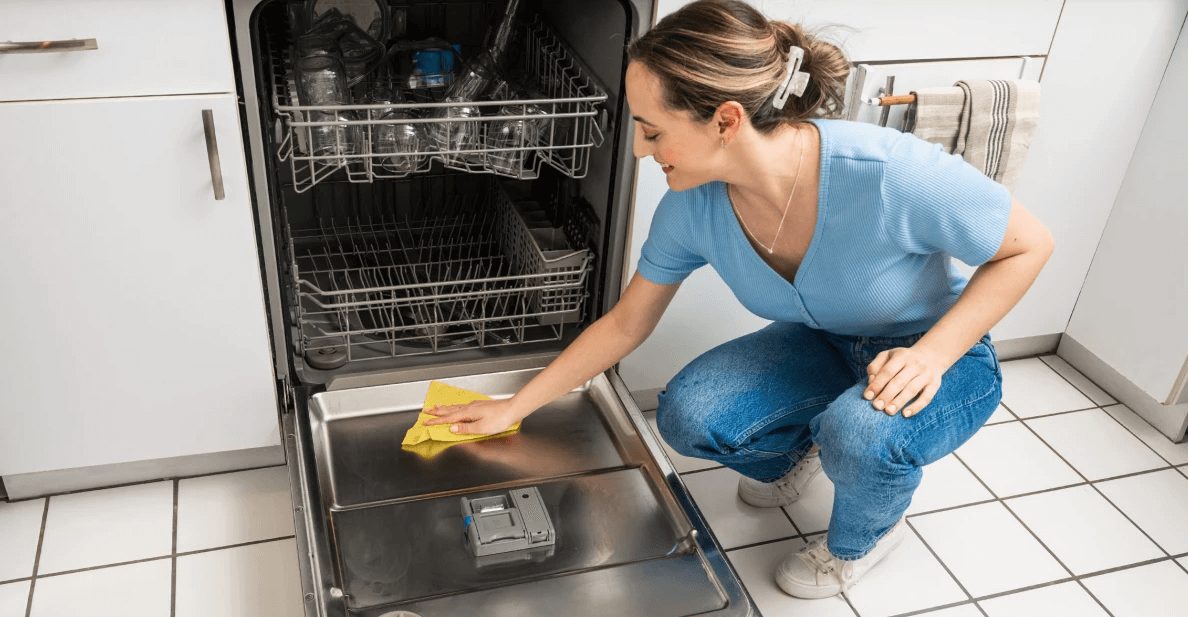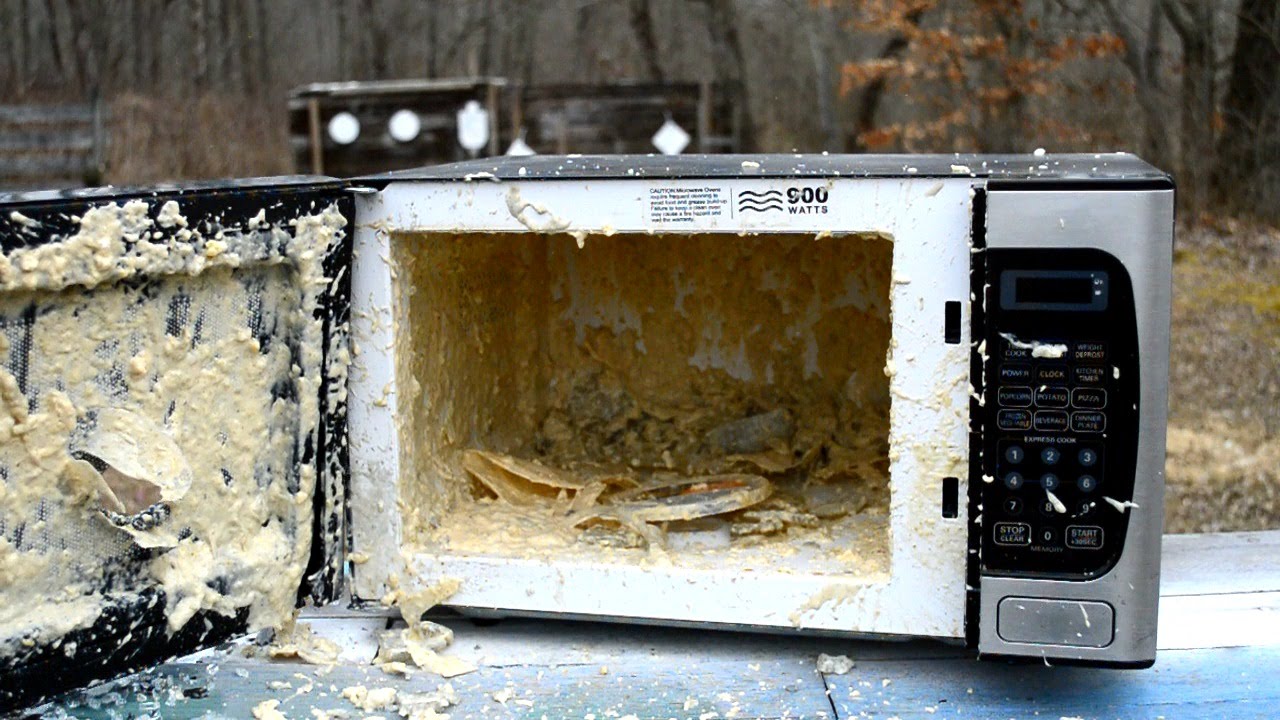Accidents and emergencies happen when we least expect them, and being prepared can make the difference between life and death. This is why first aid training is so crucial. By highlighting some of the fundamental techniques and their benefits, this article hopes to inspire you to get equipped and be ready to provide essential care that could saves lives.
Why First Aid Training is Essential
First aid training equips individuals with the skills necessary to handle emergencies. Whether it’s a minor cut or a severe cardiac arrest, knowing how to respond promptly can significantly impact the outcome.

For instance, in sudden cardiac arrest situations, every minute without CPR and defibrillation lowers the chance of survival by 7-10%. But if someone nearby steps in and performs CPR, it can double or even triple the victim’s survival chances. In cases of severe trauma, giving first aid during the “golden hour” right after the injury can greatly improve outcomes and survival odds.
As an example, research published in the Polish journal of Medical Studies showed that when the first victim assistance is provided within 5 min after the accident, the wounded survival rate is 85%, while over 15 min it is 72%, and 20 min from the event it is 60%. Therefore, (assuming an ambulance is on the scene after 15 mins) the conclusions are that first aid provided to the casualties by witnesses immediately after an accident, increases their chances of survival by up to 20%.
These facts clearly show that quick and effective first aid, even by a layperson, can save lives and improve outcomes in many emergencies. Being able to Act quickly before professional help arrives is key.
If you need First Aid in Townsville enroll in a nationally recognised course with First Aid Pro. For a few brief hours of training, you’ll be fully prepared for any first aid situation.
Key Benefits of First Aid Training
Accredited first aid courses offer numerous benefits, not only for the individual receiving the training but also for those around them.
Immediate Response to Emergencies
Knowing how to perform cardiopulmonary resuscitation (CPR) and other first aid techniques ensures that you can provide immediate assistance. For instance, CPR involves chest compressions and rescue breaths, which help maintain blood flow and oxygenation to the brain during a cardiac arrest.
Reducing Recovery Time and Severity of Injuries
Timely and appropriate first aid can minimize the severity of an injury. For example, applying pressure to a bleeding wound can prevent excessive blood loss and stabilize the patient until emergency services arrive.
Boosting Confidence and Preparedness
First aid training boosts confidence, allowing individuals to act decisively in emergencies. This preparedness is invaluable, especially in high-stress situations where every second counts.
Promoting a Safer Environment
Whether at home, work, or in public spaces, trained individuals contribute to a safer environment. As we’ve discussed, their ability to respond to incidents can prevent minor injuries from becoming major ones. Furthermore, people who keep themselves first aid ready are generally more safety conscious and aware of potential hazards, and they also tend to pass this awareness onto those around them.
Fundamental First Aid Techniques Everyone Should Know
First aid training covers a range of techniques that are essential for handling different types of accidents and medical emergencies. Here are some of the fundamental skills that everyone should learn.
Cardiopulmonary Resuscitation (CPR)
CPR is a lifesaving technique crucial for anyone experiencing cardiac arrest. Accredited CPR training teaches you to perform chest compressions and rescue breaths effectively.
Step-by-Step Guide to Performing CPR on an Adult
- Check for responsiveness and breathing. Tap the person’s shoulders and shout “Are you OK?” If there is no response and they’re not breathing normally, call emergency services.
- Position the person on their back on a firm, flat surface. Kneel beside them.
- Place the heel of one hand on the center of the chest. Place your other hand on top and interlock fingers.
- Give 30 chest compressions. Push straight down at least 2 inches at a rate of 100-120 compressions per minute. Allow the chest to fully recoil between compressions.
- Open the airway by tilting the head back and lifting the chin.
- Pinch the nose shut and give 2 rescue breaths, each lasting 1 second and making the chest rise.
- Continue cycles of 30 compressions and 2 breaths until emergency help arrives or the person shows signs of life.
- Use an AED: If available, use an automated external defibrillator (AED) as soon as possible.
Managing Choking Incidents
Choking can occur in both adults and children, and knowing how to respond is vital. Health authorities say that proper back blows or abdominal thrusts can clear airway obstructions in 50-75% of cases. Fast action is crucial since brain damage can start within 4-6 minutes of not breathing.
Techniques for Adults, Children, and Infants
- Adults and Children: If they cannot cough, speak or breathe, call for an ambulance.
- Give up to 5 back blows between the shoulder blades with the heel of your hand.
- If back blows don’t work, give up to 5 chest thrusts – place a fist between the navel and ribs and pull inwards and upwards.
- Keep alternating 5 back blows and 5 chest thrusts until the object is dislodged or the person becomes unconscious.
- If they become unconscious, start CPR..
- Infants: Lay the infant face down on your forearm, support their head, and give five back blows between the shoulder blades with the heel of your hand. If this doesn’t work, turn the infant over and give five chest compressions using two fingers.
Treating Wounds and Bleeding
Uncontrolled bleeding, a top cause of preventable trauma deaths, can be managed with quick first aid. Knowing how to treat wounds and control bleeding is another fundamental first aid skill.
Types of Wounds and First Aid Treatments
- Minor Cuts and Scrapes: Clean the wound with water, apply an antiseptic, and cover it with a sterile bandage.
- Severe Bleeding: Call emergency services immediately or instruct someone else to do so. Severe bleeding is a life-threatening emergency.
- Use protective equipment like gloves if available, and expose the wound.
- Apply direct pressure to the wound:
- Use a sterile dressing, clean cloth or your hands.
- Press firmly directly on the wound with the palm of your hand.
- Build up dressing materials if bleeding soaks through.
- Secure the dressing firmly in place with a bandage to maintain pressure
Handling Burns and Scalds
Burns can be very serious, and prompt first aid can prevent further damage.
Immediate Actions for Different Types of Burns
- Minor Burns: Cool the burn under running water for 20 minutes. Cover with a sterile, non-adhesive bandage.
- Severe Burns: Do not immerse in water. Cover the burn with a clean cloth and seek medical help immediately.
Dealing with Fractures and Sprains
Fractures and sprains are common injuries that require proper first aid to avoid complications.
Basic First Aid Steps
- Fractures: Immobilize the injured area using a splint or sling. Avoid moving the person if a spinal injury is suspected.
- Sprains: Apply the R.I.C.E. method – Rest, Ice, Compression, and Elevation to reduce swelling and pain.
How to Get First Aid Training
There are various options for obtaining first aid certification, ranging from in-person courses to online programs.
In-Person Training vs. Online Courses
- In-Person Training: Offers hands-on practice and immediate feedback from instructors. It is particularly beneficial for learning techniques like CPR, which involve physical actions.
- Online Courses: Provide flexibility and can be a good option for theoretical knowledge. However, they may lack the practical component that in-person training offers. Please be aware that in Australia, State Government regulations mandate that all accredited First Aid and CPR training courses be assessed and completed with a practical face to face workshop session, regardless of whether conducted in a classroom or online. During this session, participants are required to demonstrate their competence in certain hands on first aid skills such as CPR.
Keeping Skills Updated
First aid protocols are constantly being reviewed by medical authorities and sometimes change, so it’s essential to keep your first aid skills current through regular refreshers and recertification. The Australian Resuscitation Council strongly recommends that CPR training be renewed annually in order to ensure that basic life support skills remain up to date and instinctive. It is also recommended that general first aid training be refreshed at least every three years.
Quality Providers of First Aid Training
For those looking for high-quality first aid education, leading registered training organization First Aid Pro, offers comprehensive courses throughout Australia. Their programs cover all fundamental techniques, ensuring participants are well-prepared for any emergency. Whether you’re looking for basic life support or advanced first aid training, First Aid Pro has a course to suit your needs.
Conclusion
The vital importance of first aid training cannot be overstated. By learning fundamental techniques and their benefits, you can save someone’s life, reduce injury severity, and promote safety in your community. Don’t wait for an emergency to strike—get trained today and be prepared to act when it matters most.






